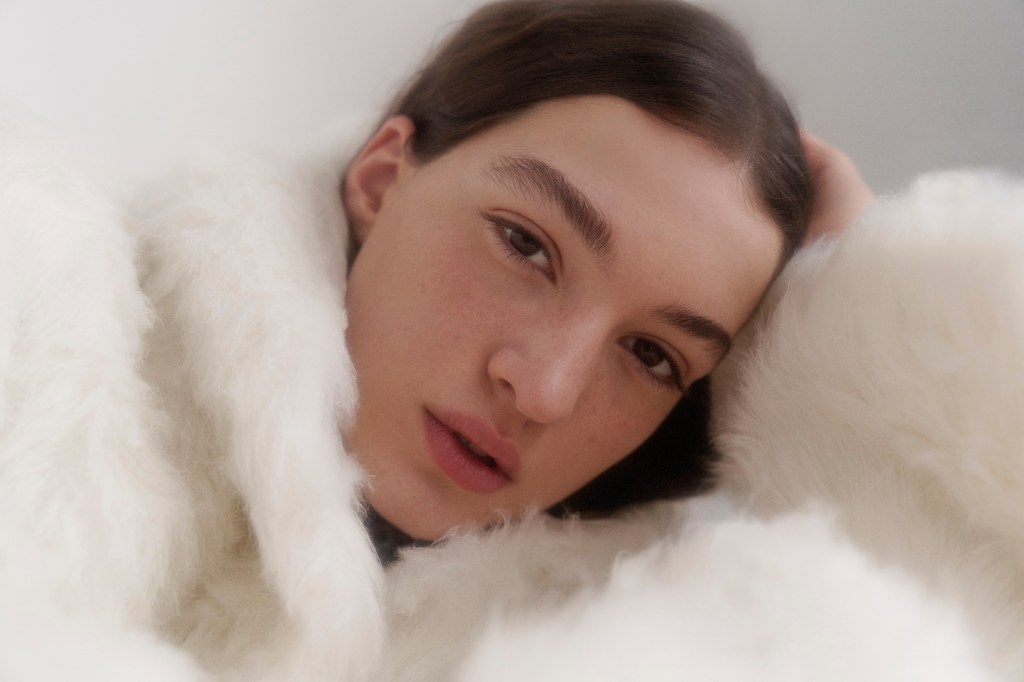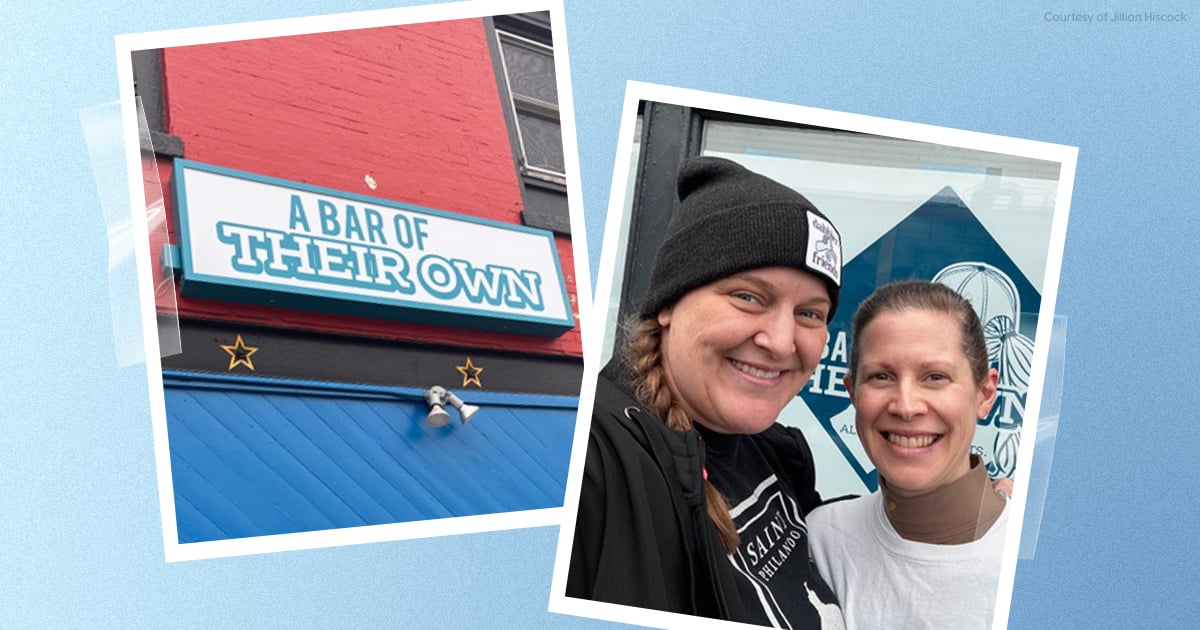PARIS — “Why is there no great alternative to regular animal or plastic furs?” is the million-dollar question that led biochemist Martin Stübler to launch biomaterials company Biofluff.
Thanks to its plant-based fur alternative, the company founded in 2021 and incubated at Paris-based La Maison des Startups LVMH, has closed a $2.5 million seed fund round led by Astanor Ventures, which specializes in agrifood tech impact investing.
“This investment will accelerate our mission to provide brands with better materials for a cleaner future,” said Stübler, Biofluff’s founder and chief executive officer.
The Biofluff fur is different from other alternatives because it is a fully plant-based material that is extracted from agricultural byproducts using enzymes also derived from plant matter, using proprietary technology.
“It was important to us not to use plant material that’s in competition with a human food crop. We are taking advantage of the waste stream of [an] agricultural main product,” Stübler told WWD. “Our fiber is a naturally existing fiber that doesn’t have to be spun or extruded. There’s no plastic anywhere, mixed in or coating it.”
Astanor Ventures partner Christina Ulardic lauded the “unique offering for the luxury industry, fashion and textiles,” saying it was “in full alignment with the Astanor mission of a more regenerative economy.”
Fiber sourcing is done in Europe, with 2 tons secured in 2023 and the company said it can produce more than 1,000 square meters a week — enough for “a few hundred coats,” said Biofluff’s cofounder and chief commercial officer Roni GamZon.
Funding will go toward perfecting its materials, scaling production in collaboration with traditional textile manufacturers based in Italy and going to market, particularly with the launch of materials aimed at the luxury market under the Savian brand.
Savian is about “being inspiring to creatives and not have sustainability be something restricting for them,” according to GamZon.

“Brands can choose from the latest collection or create something that is special to [their] DNA — choosing color, texture, curliness, length — to express their creativity in a way that is more responsible,” she continued.
Available in rolls of 1.2 and 1.5 meters in width, the brand’s offering includes between six and eight references of fur-, shearling- and fleece-like fabrics. Naturally nutmeg brown, the material can be bleached to an ivory white or dyed using natural or mineral pigments.
But the biomaterials firm “structured the technology to be tunable” thanks to the combination of Stübler’s scientific background and the background in textile manufacturing of third cofounder Steven Usdan, a seasoned textile executive who serves as Biofluff’s chief operating officer, GamZon said.
Although the company declined to disclose its price range, it indicated its materials would be “more premium in pricing” than synthetic furs while being more competitive than animal-based options.
A pre-seed round in 2022 led by SOSV, PDS Limited and Joyance Partners raised $500,000. The first designs using Biofluff’s material, a hat and jacket designed by emerging Copenhagen-based designer Nicklas Skovgaard, were showcased as part of Ganni’s Fabrics of the Future exhibit during the June edition of Global Fashion Agenda.
While initially targeting the luxury and fashion markets, the company is looking at children’s toys, interiors or even packaging as its next fields. “There’s just an enormous amount of fluffy materials that are made either from animal fibers or plastic,” GamZon said.

